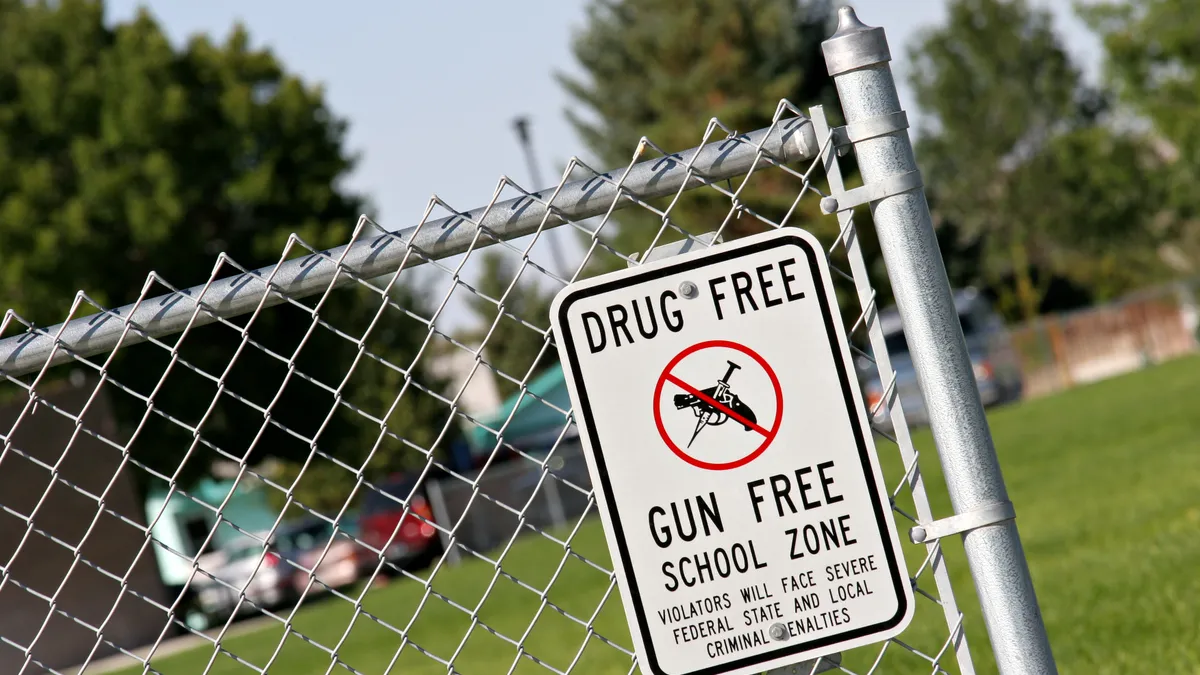As pressure mounts for schools to reopen full time for in-person learning, delays in or changes to federal funding distribution are making it difficult for districts to plan for both short and long-term expenses.
"Communities are reading sensationalized headlines about this flood of cash, and if districts don't balance these dollars, they’re facing some serious deficits," said Jess Gartner, founder and CEO of Allovue, a firm that specializes in financial solutions and services for school districts.
Doing that, however, has been difficult in places where states have hindered districts from accessing dollars from the Elementary and Secondary School Emergency Relief Fund. This is especially true for ESSER I and II, while ESSER III funding remains easier and quicker for districts to access, say superintendents, advocates and school finance experts.
At play are a gamut of obstacles tied to the first two pots of money, including legislative language and decisions to supplant or supplement budgets, longer distribution deadlines, and what some believe are political stunts to steer or stall funding.
To supplant or to supplement?
In states like Texas, New York, Kansas, Florida and Nevada, debates by local legislators to use federal funds to supplant budgets instead of supplementing them are frustrating administrators, school finance experts and district leaders familiar with the issue said.
A state’s decision to supplant reduces its local education allocations while backfilling local funding with federal ESSER funds instead — a decision that would leave districts with essentially the same budget rather than additional money. While states are usually not allowed to use federal funds to supplant their education spending, Congress did not include language restricting it in the COVID-19 relief aid packages, said Noelle Ellerson Ng, associate executive director for advocacy and governance at AASA, The School Superintendents Association, in an email.
“That tactic betrays the intent of these funds being supplemental and aiding in the recovery of our students as quickly as possible,” said Kevin Brown, executive director of the Texas Association of School Administrators, where he has worked closely with state legislators to unlock ESSER funding for districts.
Still, Brown conceded that the state did have a sizable budget hole to fill when ESSER I funds first trickled to states. “We didn’t know where we were heading at the time with the economy and the pandemic, it felt like a win to not get cut at the moment,” Brown said. But now the possibility of the state supplanting its budget has left him with conflicting feelings on the problem, he said, which is especially pronounced with ESSER's I and II in Texas.
Those two pots of money should have been enough for the vast majority of states to cover budget shortfalls, which have been less than initially forecast (with some states even seeing a budget surplus), said Gartner.
And while maintenance of effort provisions, which require states to maintain levels of fiscal support for education based on prior years' spending, usually put guardrails on the amount of money states can cut from their local budget and replace with federal funding, some states have still had a difficult time toeing the line. “They’re misbehaving,” Gartner said, pointing to Kansas as a state that has had this problem. “You will get slapped with a maintenance of effort violation.”
But with MOE waivers on the table, “the real thing to watch is how/if the U.S. Department of Education will enforce consequences on any state that doesn’t meet MOE and/or pursues a waiver, is denied, and carries on anyways,” Ellerson Ng said.
Districts could end up in a bind where, if a waiver is granted and districts use the federal dollars to backfill state cuts, districts are denied funding intended to help them respond to the pandemic, she added. “Meaning, the state will be limiting what LEAs can accomplish/do in their work to reopen/respond to COVID.”
Longer distribution deadlines with upcoming spending deadlines
Complicating superintendents’ jobs even further are deadlines for states to distribute and districts to spend three separate pots of money. “It’s not like it’s all going into one pot that can’t be deployed in a fungible way,” Gartner said.
While states have a year to distribute ESSER I and II funds, districts must obligate them before September 2022 and September 2023, respectively. Meanwhile, the deadline for states to distribute ESSER III funds — within 60 days — is fast approaching and has been acted on by states. Districts have until September 2024 to commit those funds.
“We got the one that lasts longer, earlier. The one that has to be spent sooner we’re getting later,” Brown said. “We have to wait and see how that pans out.”
In the meantime, superintendents have had to budget across the school year. “They're trying to balance all of this, and they don't have numbers,” added Gartner.
As a result, states have had to create emergency spending plans, scrap planned programs, and pivot to alternative options. “We were disappointed, because a lot of time we couldn’t plan because the state was delaying our dollars,” said Michael Hinojosa, superintendent of Dallas Independent School District in Texas.
“In fact, some districts have gotten the money so late that it was not possible to have summer school in the way they wanted to,” Brown explained. “There was a very tangible cost to some schools, because it's like, 'Yeah, had I known this six weeks ago, we could have ramped up a real major summer school.'" That impacted particularly large districts, he said, where summer programs require more coordination and prior planning.
Politics at play
Some have openly blamed political agendas, while others are more hesitant to point fingers for hangups in funding distribution.
“We’re a blue city in a red state,” Hinojosa said. “And the state is in charge of the guidelines...in my opinion it was a political orchestration.”
“I think there is concern that there are some people that might be trying to divert the funds to other things,” Brown said. There have been instances, he added, where the state has pushed districts to supplant local dollars with their own federal funds in instances where the state could not, asking LEAs to reserve their money for the 2024 fiscal cliff instead. “We think that schools should be able to make those kinds of decisions on their own without the state telling them how to do it.”
Ellerson Ng said states have no standing to restrict or limit use of funds. “The statute and explicit flexibility for the local level are clear,” she added.
“I think a lot of this is a political circus,” Gartner said. “It’s creating an obstacle course here where there doesn’t need to be one.”
She added that district leaders have been caught in the political crossfire, with the financial uncertainty stoking the false stereotype districts can’t manage money. “They’re the ones who are going to get the angry emails from parents when summer school isn’t as robust as it is in their imaginations, because districts don’t know if they're going to be able to pay for it,” Gartner said.
At the same time, some holdups have been reasonable for district leaders. In Texas, for example, the state legislature had to grapple with the proportionality of funding for higher education before allocating K-12.
In a document from the Department of Education, the federal agency said governors and states “delayed distributing and spending funds due to the absence of guidance on the process for requesting waivers of MOE.” The department is also withholding one-third of the remaining ESSER III funds until states submit their plans for spending.
Correction: A previous version of this article misstated the timeline for ESSER III distribution. The timeline for states to distribute those funds is within 60 days.





















